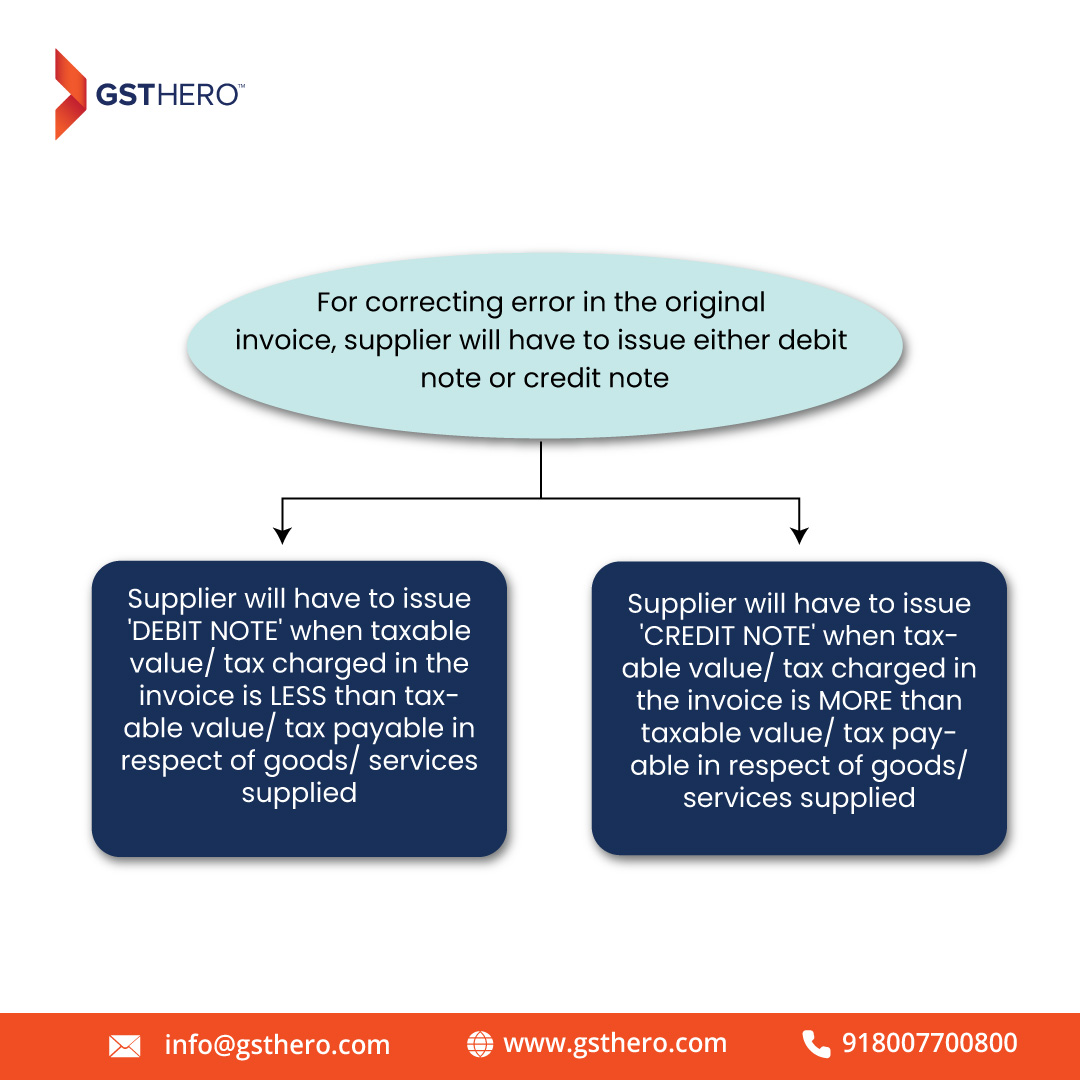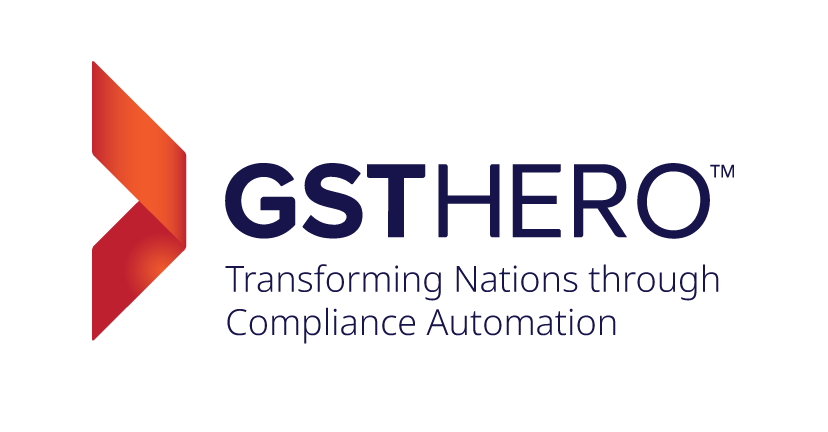Don't know how to adjust credit note in GSTR 3B?
Then this article is for you. I have written this article with supportive illustrations and examples to keep things simple.
Even if you don't understand basics about credit note and debit note, you would be able understand how to adjust credit note in GSTR 3B once finished reading this.
Goods and Services Tax was introduced on 1st July 2017. Accordingly, it is going to turn 5 years old in July 2022. Continuous and frequent amendments have made the law very complex. GSTR-3B filing is a consolidated return of inward & outward supplies that a taxpayer has to file.
In the present article, we will try to clear the concept of credit notes and learn the ways to adjust the same in GST return in GSTR 3B form.
Putting up simply, a credit note is a commercial document that is issued by a seller to the buyer. Once the credit note is issued, the GST tax liability of the supplier will reduce. Let us briefly understand the same here in below.
Credit Note under GST Circumstances
As per the basic rule of invoicing, once the invoice is issued the same cannot be deleted. In case of any error, the supplier needs to correct the same in the following manner-

In the present article, we will focus and learn only about ‘CREDIT NOTE’. As seen above, a credit note is to be issued when the taxable value or the tax charged in the original invoice is more than the actual taxable value or tax payable.
Let us understand the concept of credit note with the help of two simple examples-
Illustration 1 –
Particulars | Amount |
|---|---|
Mr. A supplied goods to Mr. B and issued invoice for an amount of | INR 15,000 |
The actual taxable value of the goods supplied is | INR 10,000 |
Excess taxable value charged in the invoice will be | INR 5,000 |
In order to balance the excess taxable value, Mr. A will issue a credit note for an amount of | INR 5,000 |
Illustration 2 –
Particulars | Amount |
|---|---|
Mr. A supplied goods worth INR 10,000 to Mr. B and charged GST @18% | INR 1,800 |
Actually, the goods are taxable @12% GST, So actual GST chargeable on the invoice would be | INR 1,200 |
Excess tax charged in the original invoice is | INR 600 |
In order to balance the excess tax charged, Mr. A will issue a credit note for an amount of | INR 600 |
Above are just two illustrations, however, there are various circumstances under which the seller is required to issue the credit note to the buyer, let us understand some of them-
- The quantity received by the buyer is less as compared to the quantity of goods reflected in the invoice.
- The buyer returns the goods/ services to the supplier.
- The goods/ services supplied by the supplier is found to be of inferior quality or unsatisfactory to the buyer which has resulted into partial/ complete reimbursement.
- Any other reasons which resulted into reduction in taxable value or decrease in tax charged in the original invoice.
How to adjust credit note in GSTR 3B - Provisions
After understanding the basics of the credit note, it is important to go through the term ‘Credit note’ and all the other applicable provisions as covered under GST law in India. The GST provisions relating to ‘Credit Note’ are listed here under for ready reference-
Sections/ rules under CGST Act/ CGST Rules | Particulars |
|---|---|
Section 2(37) | Definition of the term ‘credit note’ |
Section 34(1) | Explanation of the term ‘credit note’ |
Rule 53(1A) | Format of ‘credit note’ |
Section 34(2) | Time limit for reflecting the ‘credit note’ in the GST return |
Provisions of section 2(37) of the Central Goods and Services Tax Act, 2017 covers the definition of the term ‘credit note’. However, the definition simply states that a credit note means a document issued by a registered person under section 34(1).
When we jump to section 34(1), we conclude as follows-
- The credit note is to be issued by the supplier when the taxable value or tax charged in the tax invoice is more than the taxable value or tax payable; and
- The credit note is to be issued in the prescribed form.
After understanding the term credit note as per GST law, let us understand what is the prescribed format of the same under GST. According to GST new rule 53(1A) of Central Goods and Services Tax Rules, a credit note should contain the following details-
Interestingly, GST law doesn’t prescribe any time limit for the issuance of a credit note. However, GST law prescribes the maximum time limit within which the credit notes, issued during the Financial Year, needs to be reflected in the GST returns.
Accordingly, as per provisions of section 34(2) of the CGST Act, the supplier is required to reflect/ declare the credit note under GST of the month in which the credit note is issued. However, such declaration should not be later than-
- 30th September following the end of the relevant Financial Year; or
- Date of furnishing of the annual return.
It is very important to note here that the supplier cannot issue a credit note if the incidence of tax and interest is passed on to any other person.
How to adjust credit note in GSTR 3B?
As we know, Form GSTR-3B is a self-declaration return that is to be filed by the registered person on monthly basis (the quarterly basis for a person who opted QRMP scheme under GST).
Basically, Form GSTR-3B summarizes all the outward supplies; eligible Input Tax Credit and payment of tax.
Issuance of credit note is likely to impact the following segments of Form GSTR-3B-
- Taxable value will be reduced resulting into a corresponding reduction in the outward supplies; and
- Tax liability will also be reduced.
Importantly, Form GSTR-3B doesn’t separately provide any column for reflection of a credit note. Resultantly, the registered person either many times forgets to reflect the credit note entries. Or, in order to adjust the same, reflects the credit note entries mistakenly.
Let us learn how to correctly reflect the credit note entries in GSTR 3B filing form. As stated above, Form GSTR-3B doesn’t have any separate column to mention the figures of a credit note. Hence, it is important to understand the proper way of reflecting the same in Form GSTR-3B, which is explained here under-
- Table 3.1 covers details of ‘Tax on outward and reverse charge inward supplies’;
- Further, sub-clause (a) of Table 3.1 covers details of ‘Outward taxable supplies (other than zero rated, nil rated and exempted)’.
If in case the credit note is issued to correct the error of excess taxable value, the supplier will have to reduce the respective amount from the total taxable value to be reflected in sub-clause (a) of Table 3.1 of Form GSTR-3B.
However, in case the credit note is issued to correct the error of excess tax charged, the supplier will have to reduce the respective amount from the tax to be reflected in sub-clause (a) of Table 3.1 of Form GSTR-3B.Credit Note in GSTR 3B Filing Form Adjustment
Continuing illustration 1, let us understand how we will reflect the said credit note in GSTR 3B filing
Firstly, let us assume that the total taxable value in the respective month is INR 1,00,000. Further, as per illustration, credit note of INR 5,000 is issued during the month. The same will be reflected in the following manner-3.1 Details of Outward Supplies and Inward Supplies liable to reverse charge in GSTR 3B
Nature of Supplies | Total Taxable Value | Integrated Tax | Central Tax | State/ UT Tax | CESS |
|---|---|---|---|---|---|
(a) Outward taxable supplies (other than zero rated, nil rated and exempted) | 95,000.00 |
Here, under the total taxable value column, the figure is arrived at by deducting the credit note amount (i.e., INR 1,00,000 – INR 95,000).
Continuing illustration 2, let us understand how we will reflect the said credit note in Form GSTR-3B
Here also, let us assume that the total taxable value in the respective month is INR 1,00,000; the total central tax and state tax payable during the month is INR 6,000 each. As per the illustration, a credit note of INR 600 is issued during the month. The same will be reflected in the following manner
3.1 Details of Outward Supplies and Inward Supplies liable to reverse charge in GSTR 3B
Nature of Supplies | Total Taxable Value | Integrated Tax | Central Tax | State/ UT Tax | CESS |
|---|---|---|---|---|---|
(a) Outward taxable supplies (other than zero rated, nil rated and exempted) | 1,00,000 | - | 5,700 | 5,700 | - |
Here, the figures of central tax and state/ UT tax is arrived in the following manner-
Nature of Supplies | Total Taxable Value |
|---|---|
Total credit note of INR 600 consists of two parts- Central Tax State/ UT Tax | INR 300 INR 300 |
Total assumed taxes of the month are- Central Tax State/ UT Tax | INR 6,000 INR 6,000 |
Net taxes to be reflected in Form GSTR-3B- Central Tax (INR 6,000 – INR 300) State/ UT Tax (INR 6,000 – INR 300) | INR 5,700 INR 5,700 |
Credit notes Key Takeaways
The supplier needs to issue ‘credit note’ when the taxable value or the tax charged, as per the original invoice, is more as compared to the actual taxable value or tax payable.
The issuance of credit note will result into reduction of tax liability of the supplier.
The credit note is to be reflected in the GST return on monthly basis. However, the same cannot be later than 30th September of the succeeding Financial Year or date of furnishing of annual return.
In Form GSTR-3B, the credit note amount should be adjusted by reducing the total taxable value or the amount of taxes as reflected in Table 3.1 (a).

File your GST returns in minutes, not hours!
Get Live Demo and experience the simplicity by yourself.

